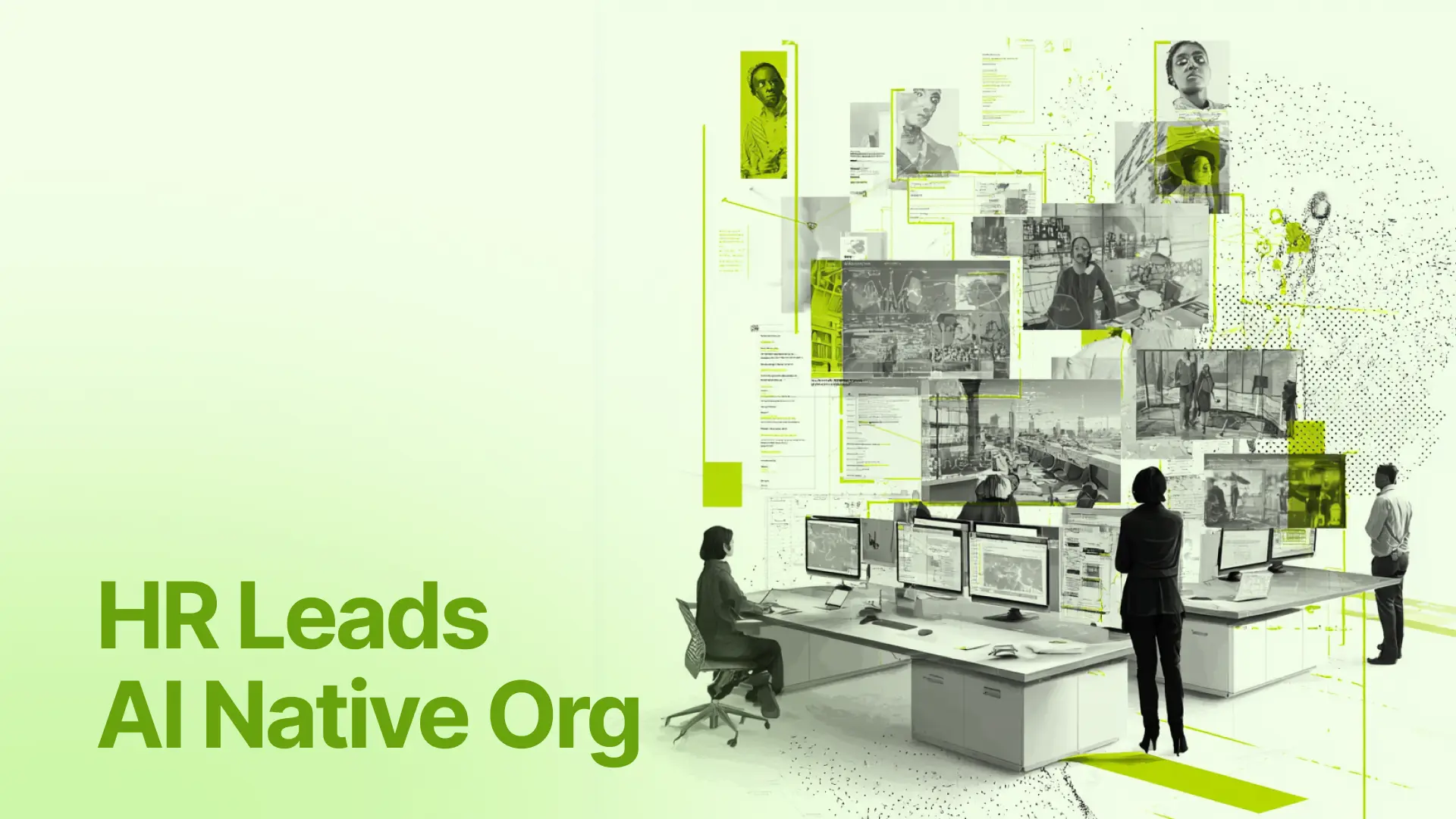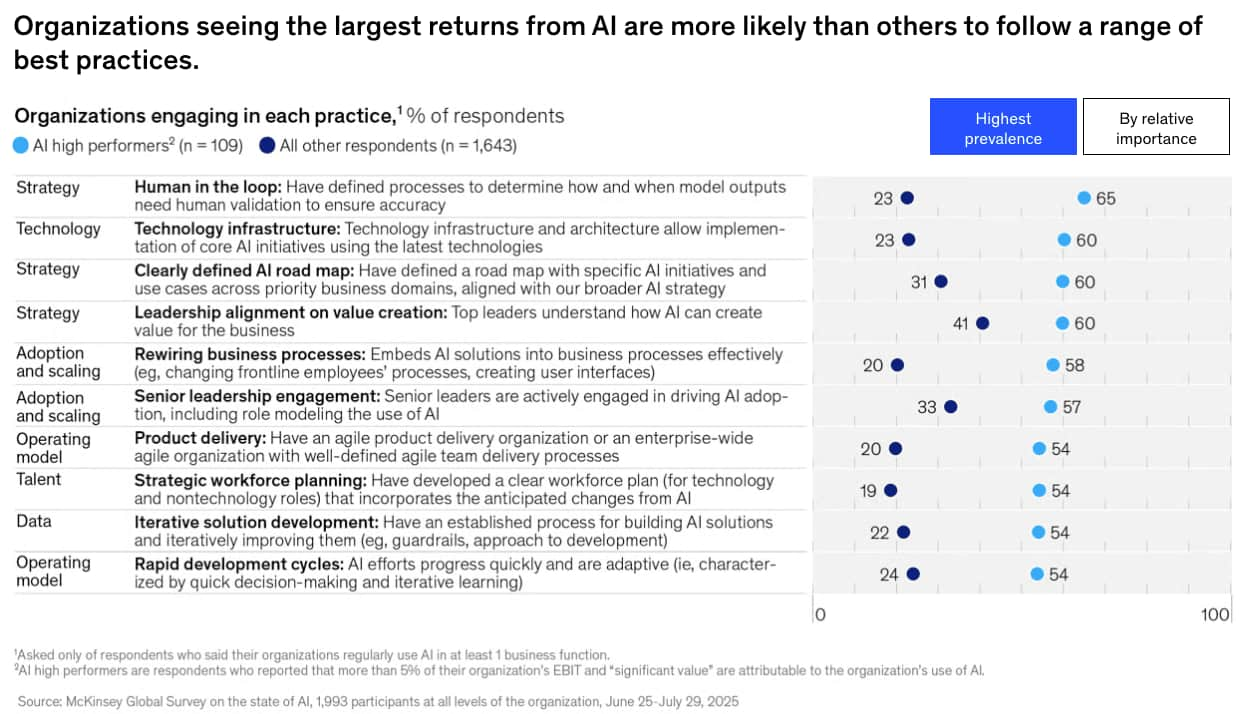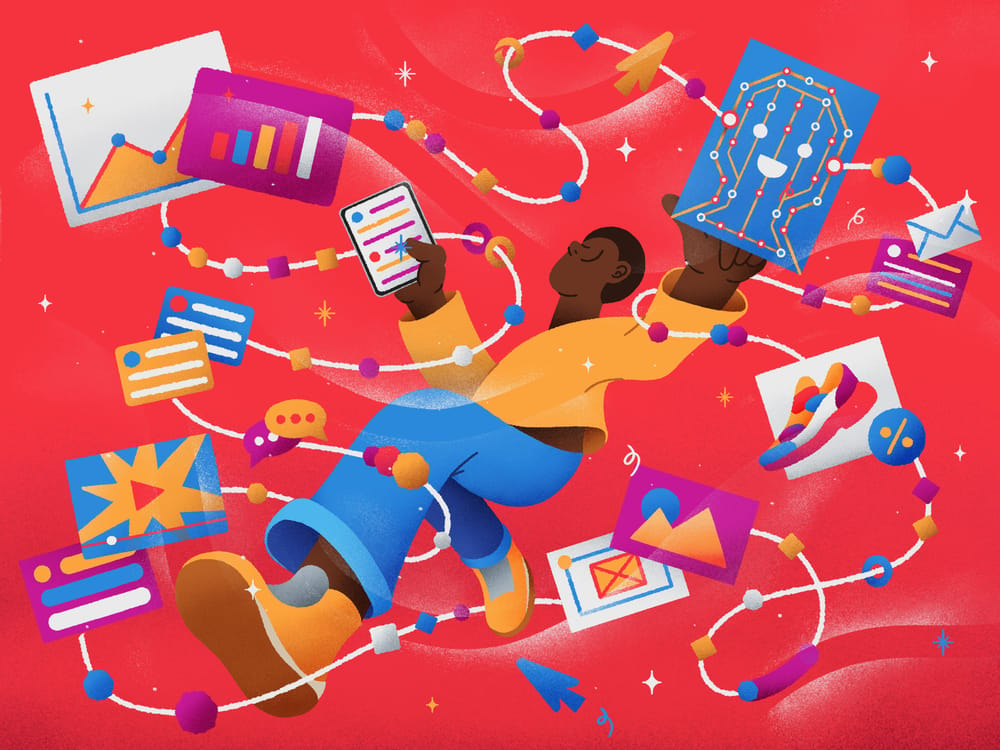
I listened to a powerful conversation this week between Josh Bersin and Jacqui Canney, ServiceNow’s Chief People and AI Enablement Officer. It is one of those interviews that instantly resets how you think about AI, HR, and the future of work.
Jacqui has shaped people strategy at Accenture, Walmart, and WPP, and now leads both People and AI Enablement inside one of the fastest-moving enterprise software companies in the world. Her clarity is refreshing. Her practicality is exactly what this moment needs.
What stood out is how deeply human her approach is.
While many see AI as a technology shift, Jacqui sees a capability shift. A confidence shift. A leadership shift. AI is changing how people grow, lead, and work together, and her team’s job is to help employees feel ready to shape what comes next.
With 28,000 internal employees and more than three million learners through ServiceNow University, they are operating at a scale that demands both discipline and imagination.
Here are the forces shaping the way ServiceNow is becoming AI native.
1. AI Transformation Starts With A Workforce X-Ray
Many companies begin their AI journey by picking tools. ServiceNow began by understanding their people.
Jacqui’s team mapped every role inside the company and assessed how AI would reshape each job. They evaluated AI readiness across the workforce, built personalized learning paths, and invited the board to join the same journey.
Even the board took the same AI capability assessment, which sent a powerful message that learning is everyone’s job, not a mandate passed down.
This created alignment. People understood where they were starting. Leaders had a clear view of capability gaps. AI stopped feeling abstract.
Training then shifted from shared vocabulary sessions to daily use, then to building with AI, and eventually to preparing managers to lead through change.
ServiceNow organizes this growth through four simple pillars: working with AI every day, building with AI using their own tools, selling AI confidently to customers, and helping managers lead boldly through change.
Jacqui made a point that resonated with me: leadership has never been this complex, and managers need support to grow at the same pace as the technology.
This is how ServiceNow builds momentum. By starting with clarity, not tools. By building confidence through practice. And by treating learning as a shared experience, not a one-time training.
ServiceNow University now serves employees, customers, and partners, creating a shared learning ecosystem that moves far beyond traditional corporate training.
2. HR Becomes AI Native By Solving Real Use Cases
Every HR leader I talk to is wrestling with the same question. What does HR look like when AI becomes part of everyday work? ServiceNow offers a practical answer. You look for friction, and you solve it.
Jacqui’s team collected more than 1,000 AI use cases from across the HR function. They built a scoring system, narrowed the list to 27 high-impact opportunities, and created an AI control tower to track progress across the organization. This mattered because AI does not follow HR’s org chart. It touches everything.
The results are impressive.Survey insights became sharper and more actionable.Growth conversations became richer, supported by data-driven prompts.A sales commission process that once took days now takes 8 seconds.
One of the clearest wins came from the People Operations team, which doubled its output from a 1/400 ratio to 1/850 simply by using the platform more deeply.
They also automated close to 90% of routine HR questions, which freed the team to focus almost entirely on the complex cases that require real judgment.
These are not experiments. They are operational improvements woven into daily work.
The takeaway is simple. HR does not need to wait for AI transformation. HR can lead it.
3. HR’s Next Era Is Advisory, Product Driven, And Interconnected
As AI takes on repetitive work, HR finally steps into the kind of strategic role it was always meant to play.
Jacqui sees HR evolving into something that looks more like a product team.HR business partners act as trusted advisors.People scientists deliver insights that shape better decisions.Product managers own end-to-end employee experiences and improve them continuously.
This connects closely to a conversation my teammate had recently with Volker Jacobs, who has been making the case for HR as a product discipline.
His research shows that when HR treats its services like products, adoption improves, friction drops, and outcomes become more predictable. Listening to Jacqui, it is clear that this shift is happening inside ServiceNow today.
And she emphasized a crucial point. Leaders do not need to be technologists to move their organizations forward. They simply need to work with AI directly to raise the quality of conversations inside their teams. When leaders engage, the organization accelerates.
This is what it means to become AI native.Better habits. Better ownership. Better ways of working.
The Bottom Line: How To Build An AI Native Organization
Across every company we work with, the same behaviors stand out.
- Learn In Public: Leaders who show their learning create safety for everyone else to explore.
- Start With A Workforce X-Ray: Understand roles, skills, and gaps before choosing tools.
- Build Role-Based Learning Journeys: Training becomes a progression from awareness to practice to leadership.
- Use Clear Governance For AI Use Cases: A simple scoring system keeps teams focused on real value.
- Build A Network Of AI Champions: Distributed leadership accelerates adoption and makes the change feel shared.
If your HR team wants to lead this shift, our Build Your AI-Ready HR Strategy in 4 Weeks cohort is designed for exactly this moment. Over four weeks, HR leaders learn how to identify high-value AI opportunities, drive adoption with trust, and design a rollout plan that fits their culture. By the end, they leave with a practical roadmap and a real project ready to scale.









